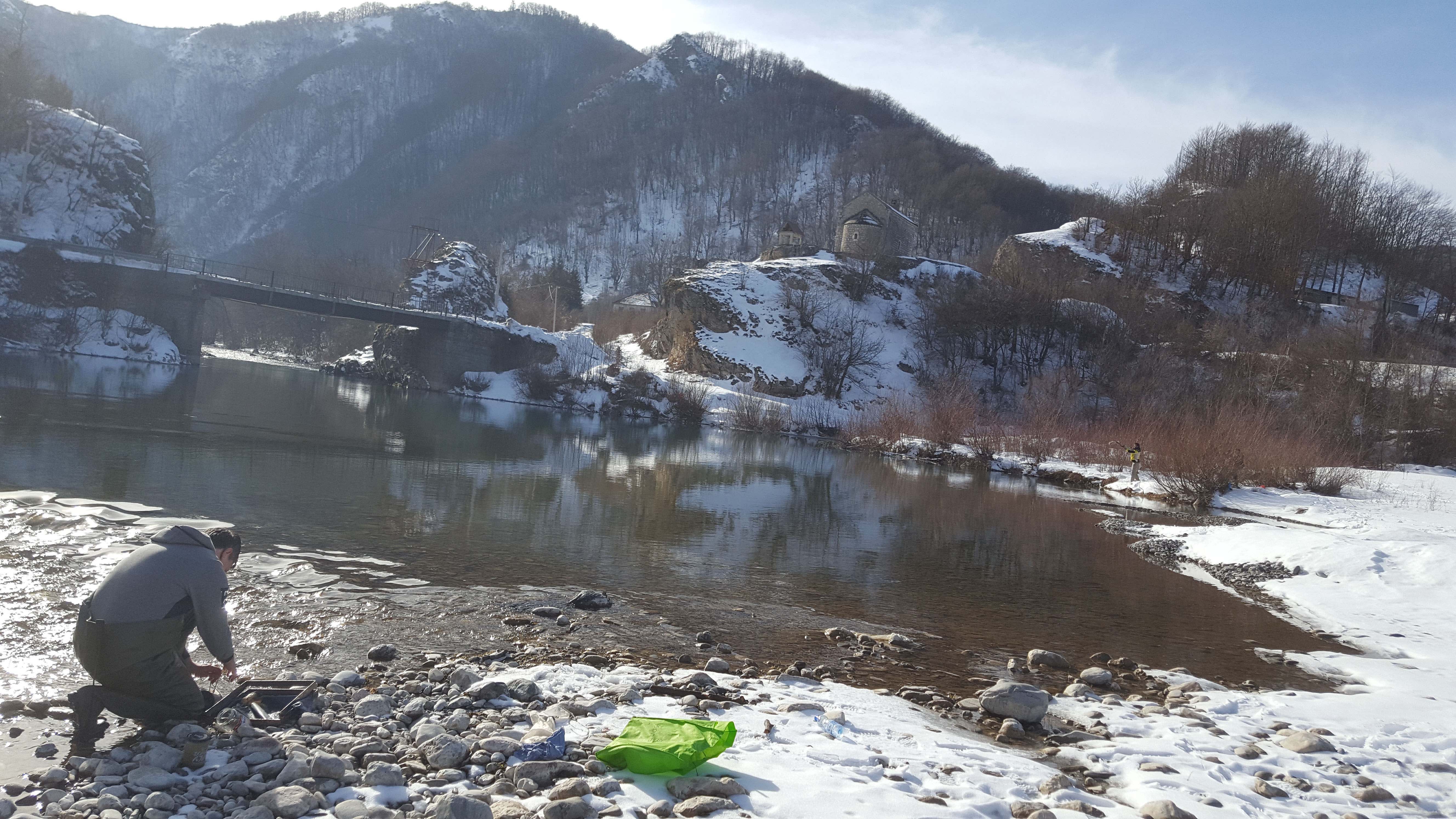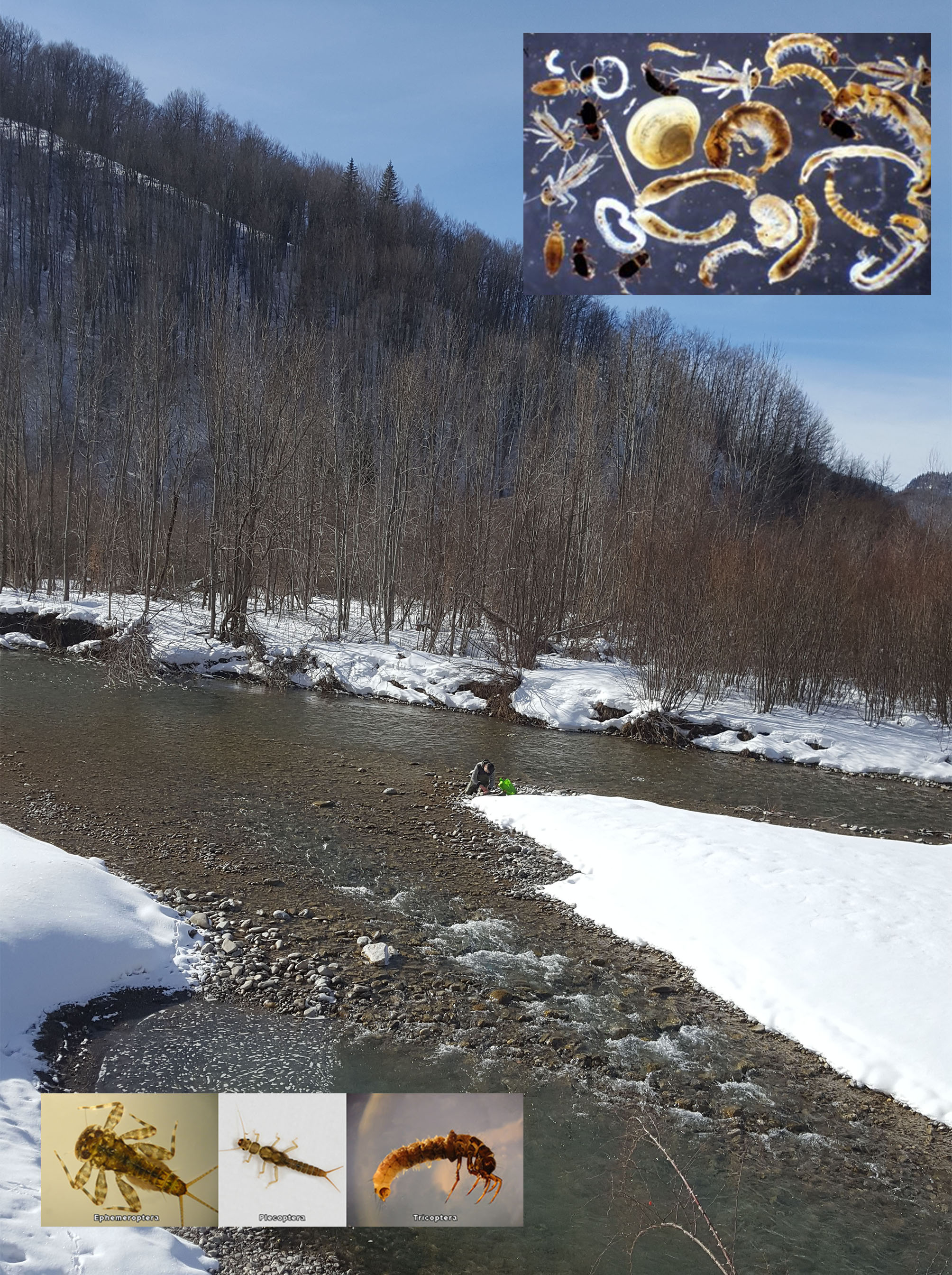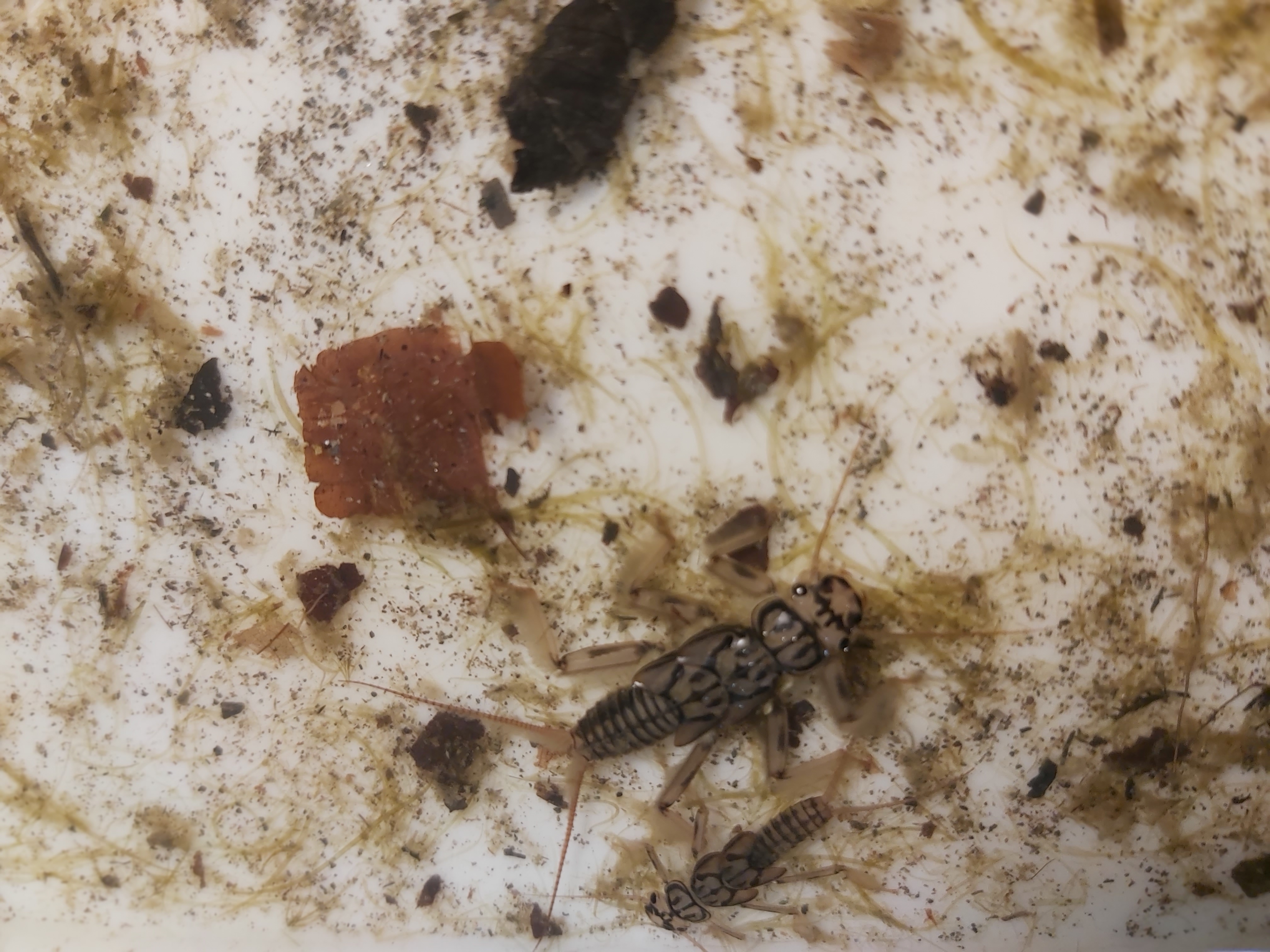At 141 km long, the River Tara is the longest river in Montenegro. From the confluence of the two rivers, the Opasanica and the Veruša, that form the Tara to the town of Kolašin, its riverbed is very wide and flat with rather steep sides, but after the town of Mojkovac, the Tara changes direction, running through a canyon valley. The hydrological complexity of the Tara basin (1,915 km2]) that includes numerous springs, waterfalls, and the deepest river canyon in Europe, sustains very rich and diverse aquatic biota, including several endemic species. However, only a few groups of aquatic biota have been thoroughly studied so far.

The macroinvertebrate fauna is insufficiently studied, and the only available ecological data are those from a monitoring survey of the Bar-Boljare highway development activities around the River Tara.
The monitoring that started in January 2019 was carried out at the sites of Mateševo and Rovačko Trebaljevo. The highest density of macroinvertebrate assemblages at Rovačko Trebaljevo was revealed in February and March, being 5,247 ind. m2 and 3,971 ind. m2, respectively. The density at Mateševo was much lower, which is a consequence of the negative ecological impact associated with highway development activities in the immediate vicinity of this site. The low density at Trebaljevo was recorded in April (517 ind. m2) what is in the correlation with the high monthly discharge (flow) of the river in this period, which has the effect of reducing the invertebrate abundance.
Ephemeroptera dominated in all months except February and March, when Trichopterans predominated. The share of EPT taxa and Chironomidae, respectively, at Rovačko Trebaljevo showed the opposite trend. The study also revealed a significant difference when lentic assemblages were analyzed. Ephemeropteran (particularly Ephemera danica) dominance in the lentic part was observed in most of the studied months except March–April, when Chironomids dominates. In August aquatic bugs and Radix labiata were abundant in the lentic zone. The highest density was found in January (2,167 ind. m2) and March (2,486 ind. m2) and the lowest at 573 ind. m2 and 397 ind. m2 in April and May, respectively.

The main results of Monitoring of Tara river are avialable with this link.
The Tara basin is the locus typicus for several endemic caddisfly species: Plectrocnemia mojkovacensis (Bistrica stream), Polycentropus devetaki (Mojkovac), Rhyacophila balcanica (Bjelasica), R. diakoftensis (the River Tara), R. nurga (Crkvičko Polje near Rudine), Drusus gombos, and Potamophylax ureges (both described from a forest stream at Dobrilovina).

The springsnail genus Bithynella is represented by three species, B. dispersa, B. luteola, and B. taraensis, that inhabit springs in the Tara basin. Paladilhiopsis tarae is known from the groundwater underlying the Tara Valley.
The leech Dina minuoculata and the stonefly Besdolus illyricus inhabit small mountain streams shaded by the forest.
The autochthonous ichthyofauna of the Tara basin is represented by eight species Hucho hucho, Salmo labrax, Thymallus thymallus, Cottus gobio, Barbus balcanicus, Chondrostoma nasus, Squalius cephalus, and Phoxinus csikii.
The main results of Monitoring of Endemics of Tara river are avialable with this link.
Monitoring_Tare_Endemicne_Vrste.pdf
Monitoring_Tara_osnovi_rezultati.pdf








